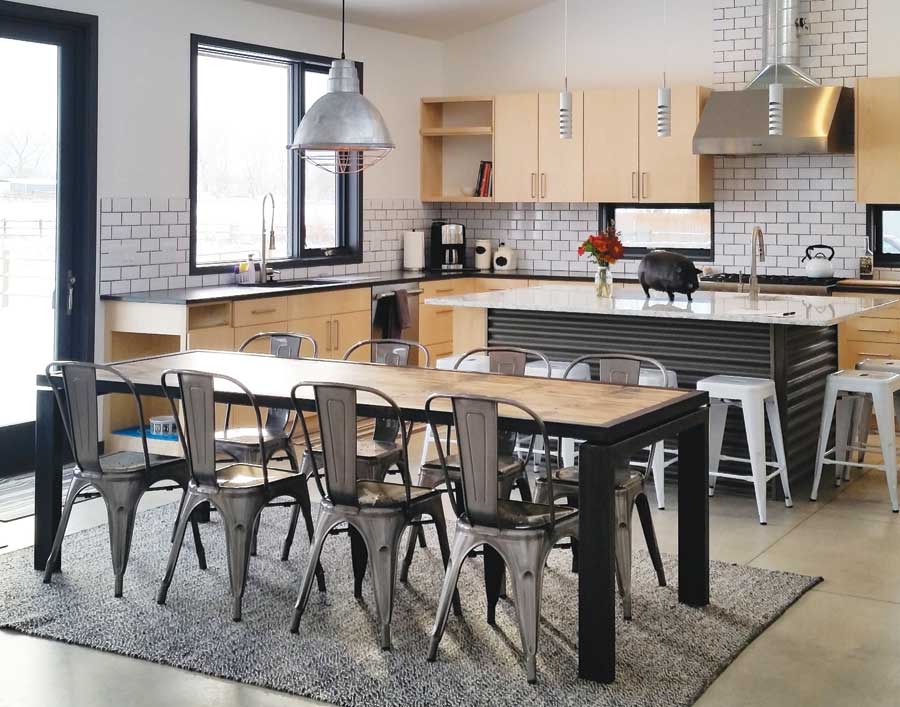Floor Finder Guide
03 Jan 2016
Flooring runs from classic favorites, like hardwood, to technologically inspired products. Here’s a look at what’s underfoot these days.
By Eli Wallace When it comes to giving your home a makeover, there’s nothing quite like getting to the bottom of the matter—floors. Though we often overlook the styles underfoot, flooring sets the tone for an entire room and can drastically affect the experience of a space. But the sheer number of flooring materials, styles and options can be overwhelming. “From a practical standpoint, there are several things to consider,” advises Scott Humphrey, CEO of the World Floor Covering Association. He recommends considering how long you plan on living in the home, how often you entertain, and whether you have children and pets. Also consider how much aesthetics, functionality, durability and price matter to you. The answers will direct you toward the best flooring for your home and lifestyle. Here’s a guide to some of today’s options, including classic treatments and new technologies (prices do not include installation costs).Hip Hardwoods
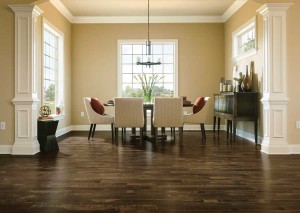
Lovely Laminates
Laminate flooring addresses the weaknesses of hardwood flooring while providing the same classic look. The smaller price tag—50 cents to $5 per square foot—is only one reason why laminate is wildly popular and likely to stay that way.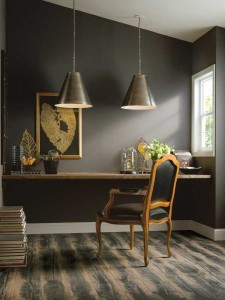
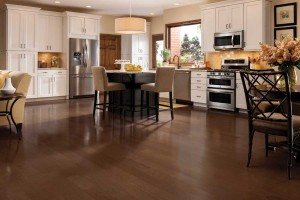
Wooed by Engineered Wood
For those who object to laminate because it isn’t real wood, another alternative is engineered wood flooring. This flooring type has the appearance of wood and costs roughly the same—$3-19 per square foot, depending on layer thickness and quality. “Engineered flooring is a half-inch of plywood with real wood glued on to it. There’s been a huge increase in the number of selections and the number of engineered-wood manufacturers recently,” says Jeff Hindman, owner of Cottonwood Custom Builders in Boulder. Because it’s a newer technology, engineered flooring has yet to reach the popularity of laminate and hardwood, but Hindman says it’s becoming more common in Boulder County, and for good reason. “Engineered flooring is much better over radiant-heat systems, and it doesn’t have the expansion issue that hardwood does. Also, it’s pretty ‘green,’ because instead of having a three-quarter-inch piece of solid wood from trees that have to be processed, engineered flooring uses a third of that wood.” Many engineered hardwoods are made in the U.S., which reduces their carbon footprint, compared to sustainable but far-flung materials like bamboo, he adds. However, the real-wood top layer can still dent, and wears more easily than laminate. And it may warp with moisture. Also, the glue used in engineered wood flooring’s construction can release harmful chemicals into the air, especially during and directly after installation.Timeless Tile
While printing technology has greatly improved laminate tiles, real tile still holds its own in both price ($1-21 per square foot) and flexibility, as tiles can be ceramic, porcelain, stone, quarry or marble, offering a wide range of colors, textures and finishes.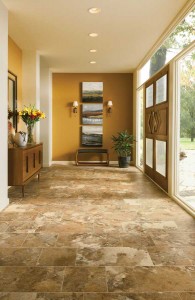
Vinyl Victories
Probably the cheapest form of flooring, vinyl has come a long way from the ugly yellowing patterns found in many a grandmother’s kitchen. Per square foot, vinyl runs about 80 cents to $6, depending on type and quality. These days, self-adhesive vinyl tiles make installation fast and easy, as the tiles stick straight to the subfloor. Like laminate, vinyl has benefited greatly from advances in printing technology, though some would say it has room to improve when viewed up close.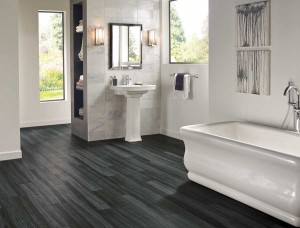
like kitchens, entries and baths. (Photo courtesy armstrong floor products, www.armstrong.com)


